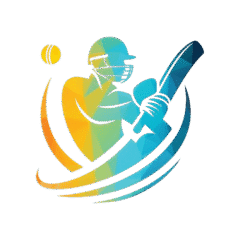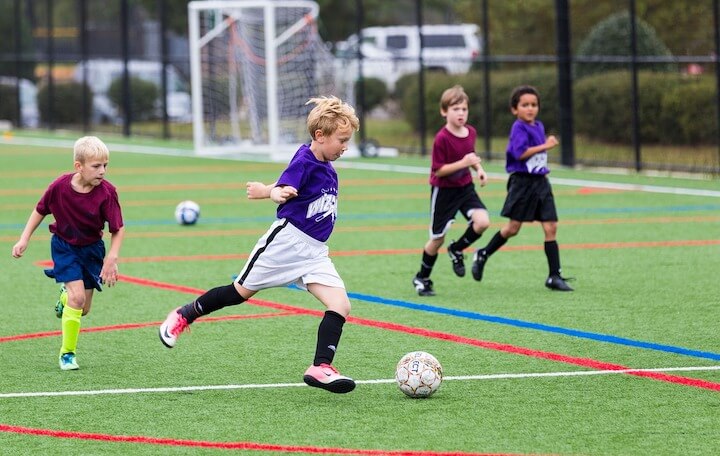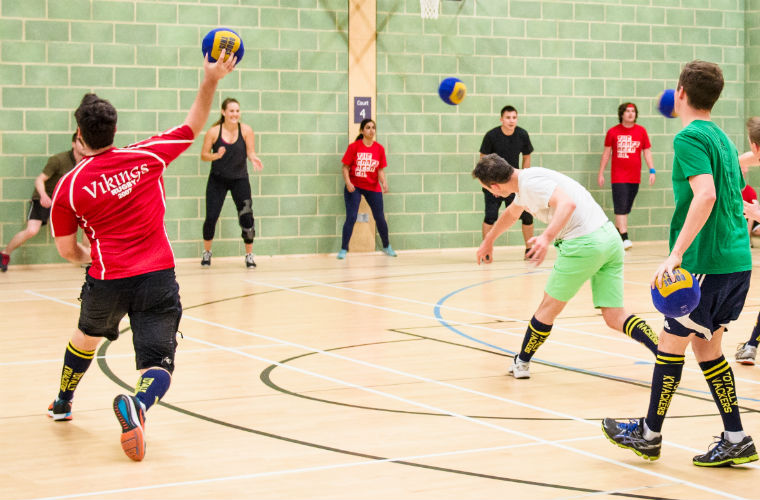17 Small-Sided Soccer Games Every Coach Should Use (2024 Update)
If you’re a soccer coach looking to boost your team’s skills, small-sided games (SSGs) are one of the most effective tools in your training arsenal. These mini versions of the full game are fun, fast-paced, and packed with learning opportunities. Whether you’re working with kids, teens, or adults, small-sided games help players improve decision-making, technical ability, positioning, and teamwork—all while keeping energy levels high and players engaged.
Below, you’ll find 17 of the best small-sided soccer games you can use during training sessions, each with a clear purpose and structure. From possession drills to finishing games and defensive challenges, these SSGs cover everything you need to create smarter, sharper, and more skillful players.
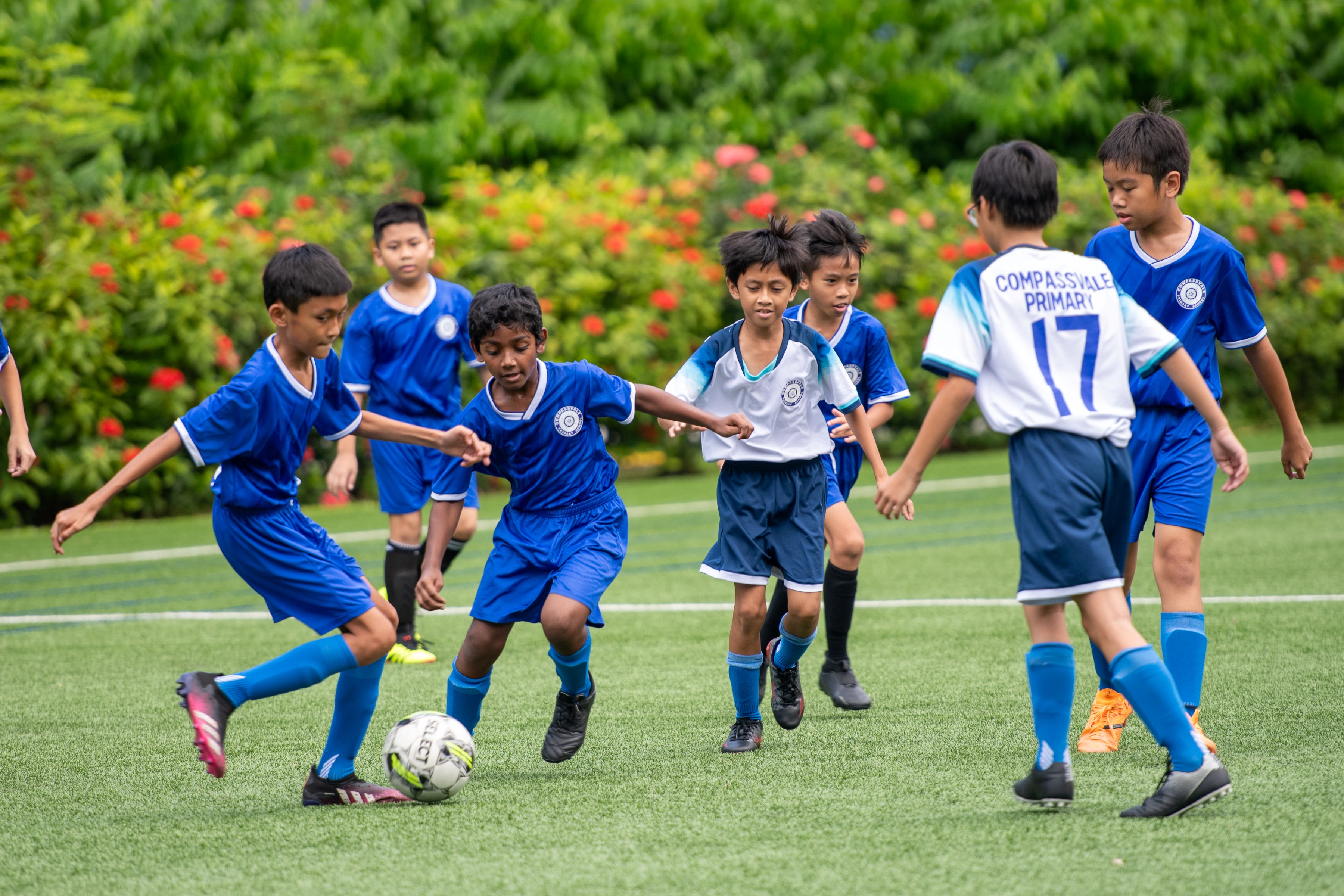
What Are Small-Sided Games in Soccer?
Small-sided games are scaled-down versions of a soccer match that use fewer players (typically 2v2 to 7v7), smaller fields, and focused objectives. Unlike typical drills, SSGs replicate real-game situations in a controlled and competitive environment. The reduced player count means more touches on the ball, more decisions to make, and more opportunities to learn through play.
Benefits of Small-Sided Games
Before diving into the games themselves, here’s why coaches around the world use SSGs regularly:
- More touches per player
- Faster decision-making under pressure
- Improved communication and awareness
- Better fitness through natural gameplay
- Customizable for any skill level or age group
- Increased player enjoyment and motivation
17 Small-Sided Soccer Games to Try in 2024
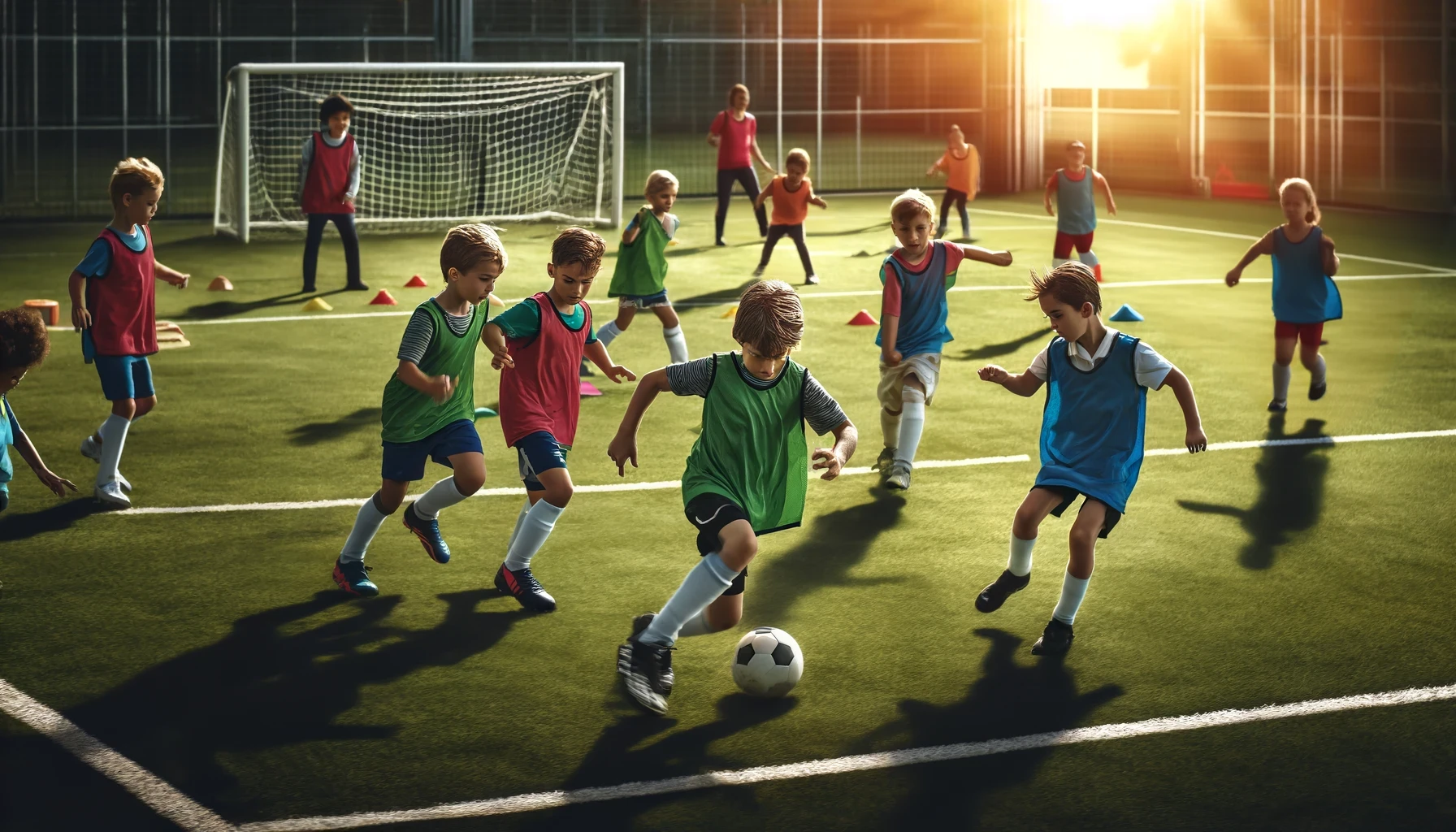
Each of these small-sided games focuses on different areas of development—from attacking and defending to transitions and ball control.
1. 4v2 Rondo
Purpose: Improve passing, ball retention, and pressure handling
Setup: Create a small square grid with 4 attackers on the outside and 2 defenders in the middle.
Instructions: Attackers must pass around the defenders without losing possession. Switch defenders when they win the ball.
2. 3v3 to Goal
Purpose: Encourage attacking creativity and teamwork
Setup: Use mini goals or cones to set up small goals at each end.
Instructions: Teams of 3 play a regular game, focusing on fast transitions and combination play.
3. 5v2 Keep-Away
Purpose: Quick decision-making and movement off the ball
Setup: Same as Rondo, but with 5 attackers and 2 defenders in a slightly larger space.
Instructions: Keep possession as long as possible. Limit touches to increase challenge.
4. 2v2 Transition Game
Purpose: Improve quick transitions between defense and attack
Setup: Use a narrow pitch with goals at each end.
Instructions: After a goal or turnover, the team immediately defends while a new pair enters from the sideline.
5. 4v4 + 3 Neutrals
Purpose: Build up play and encourage off-the-ball movement
Setup: Four players on each team plus three neutral players who always play with the team in possession.
Instructions: Focus on quick passing, combination play, and using the neutrals to create overloads.
6. Possession Box
Purpose: Master possession under pressure
Setup: Divide players into two teams in a tight grid
Instructions: Maintain possession for a set number of passes to earn a point. Adjust space for difficulty.
7. 1v1 Duels
Purpose: Enhance dribbling, defending, and individual creativity
Setup: Use small cones for mini-goals or end zones
Instructions: Each player tries to beat their opponent to score. Rotate frequently for intensity.
8. 4 Goal Game
Purpose: Encourage width, vision, and directional play
Setup: Place two goals on each end line—one wide left, one wide right
Instructions: Teams score by attacking either goal, which encourages switching play and field awareness.
9. End Zone Game
Purpose: Improve passing accuracy and movement off the ball
Setup: Mark out an “end zone” at each end.
Instructions: Teams must complete a pass to a teammate inside the end zone to score a point. No tackling allowed in the end zone.
10. 5v5 with Floaters
Purpose: Develop support play and awareness
Setup: 5v5 with 1–2 neutral floaters who always support the team in possession
Instructions: Encourages smart off-ball movement and finding numerical advantages.
11. 3v3 with Target Players
Purpose: Improve forward passing and playing through lines
Setup: Place neutral target players on each end
Instructions: Teams must play through to a target to score. Reset and reverse direction after each point.
12. Wall Pass Game

Purpose: Focus on give-and-go play
Setup: 2v2 or 3v3 with neutral wall players on the sidelines
Instructions: Encourage one-touch passes off the wall players to break down the defense.
13. Box to Box Transition
Purpose: Build stamina and quick counterattacks
Setup: Two boxes with small goals on each end
Instructions: When a team scores, they quickly transition to attack a new box while defenders rotate.
14. Numbers-Up Attacking
Purpose: Exploit space and finish under pressure
Setup: Set up a 3v2 or 4v3 scenario
Instructions: Attackers try to score within a time limit while defenders focus on compact shape and blocking shots.
15. Mini World Cup
Purpose: Build competition and team spirit
Setup: Multiple small teams play round-robin games
Instructions: Winners advance in a mini-tournament format. Add music or team jerseys for fun!
16. Wave Game
Purpose: Fast-paced transitions and defensive recovery
Setup: 3v2 starts; when a shot is taken or ball lost, a new group attacks the opposite way.
Instructions: Teaches players to recover quickly and stay organized under fatigue.
17. Jailbreak
Purpose: Teach risk-reward and defensive discipline
Setup: 5v5 in the middle with “jail zones” outside
Instructions: Players can free teammates from “jail” with accurate passes, creating numbers advantages.
How to Use Small-Sided Games in Your Training
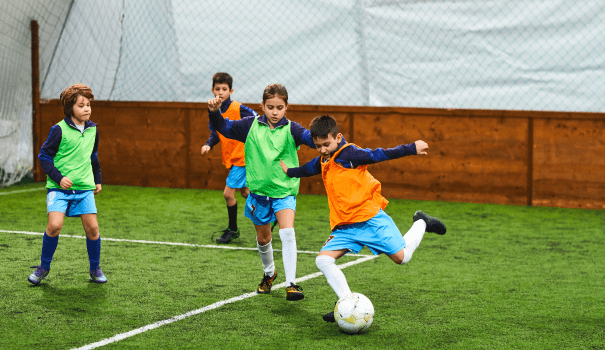
To get the most out of SSGs, consider the following coaching tips:
- Start simple: Introduce the game rules clearly and keep the setup efficient.
- Coach between reps: Let the game flow, then pause to offer specific feedback.
- Focus on one goal: Don’t overload players with instructions. Choose a focus like passing, spacing, or defending.
- Adjust difficulty: Make the field bigger or smaller, add touch restrictions, or change team sizes based on player ability.
- Track progress: Use scoring systems or mini-tournaments to measure improvements and boost motivation.
FAQs About Small-Sided Soccer Games
Q: What age groups benefit most from small-sided games?
A: All age groups benefit, but they’re especially effective for U8–U14. Young players get more touches, faster learning, and build confidence.
Q: How long should a small-sided game last in training?
A: Each game can last 5–15 minutes depending on intensity. Rotate players and run multiple rounds to keep energy high.
Q: Can I use SSGs for conditioning?
A: Absolutely. Small-sided games provide high-intensity cardio while working on real soccer skills—way more effective than laps.
Q: Should I let players choose their own teams?
A: It depends on your session goals. For competition, player-chosen teams are fun. For balance or development, the coach should assign teams.
Q: How do I keep players engaged during small-sided games?
A: Add goals, timers, or mini-challenges. Gamify the experience with rewards, bragging rights, or end-of-practice tournaments.
Final Thoughts
Small-sided games are a goldmine for player development. They take all the core elements of soccer—decision-making, communication, skill, strategy—and compress them into fun, high-rep sessions that make players better, faster. Whether you’re coaching beginners or experienced players, incorporating SSGs into your practices will boost performance and engagement.
Each game on this list is designed to be flexible, easy to set up, and packed with purpose. Try rotating through a few each week based on your team’s focus—attacking, defending, possession, or transitions—and watch your players improve without even realizing they’re doing “drills.”
In the end, the best kind of soccer training feels just like playing the game. And that’s exactly what small-sided games deliver.
